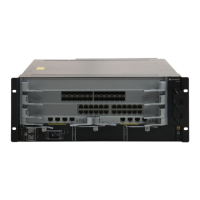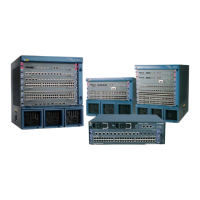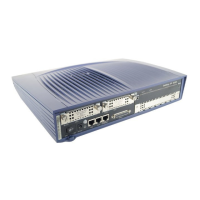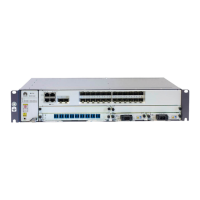Protection
Function
Scenario Configuration Impact
TC protection Generally, after receiving
TC BPDUs (packets for
advertising network
topology changes), a
switching device needs to
delete MAC entries and ARP
entries. Frequent deletion
operations will exhaust CPU
resources.
TC protection is used to suppress TC-BPDUs.
The number of times that TC-BPDUs are
processed by a switching device within a
given time period is configurable. If the
number of TC-BPDUs that the switching
device receives within a given time exceeds
the specified threshold, the switching device
handles TC-BPDUs only for the specified
number of times. Excess TC-BPDUs are
processed by the switching device as a whole
for once after the timer (that is, the specified
time period) expires. This protects the
switching device from frequently deleting
MAC entries and ARP entries, thus avoiding
over-burdened.
Root
protection
Due to incorrect
configurations or malicious
attacks on the network, a
root bridge may receive
BPDUs with a higher
priority. Consequently, the
legitimate root bridge is no
longer able to serve as the
root bridge, and the network
topology is illegitimately
changed, triggering
spanning tree recalculation.
This may transfer traffic
from high-speed links to
low-speed links, causing
traffic congestion.
If a designated port is enabled with the root
protection function, the role of the port cannot
be changed. Once a designated port that is
enabled with root protection receives RST
BPDUs with a higher priority, the port enters
the Discarding state and does not forward
packets. If the port does not receive any RST
BPDUs with a higher priority before a period
(generally two Forward Delay periods)
expires, the port automatically enters the
Forwarding state.
Loop
protection
A root port or an alternate
port will age if link
congestion or a one-way link
failure occurs. After the root
port ages, a switching device
may re-select a root port
incorrectly and after the
alternate port ages, the port
enters the Forwarding state.
Loops may occur in such a
situation.
After loop protection is configured, if the root
port or alternate port does not receive RST
BPDUs from the upstream switching device
for a long time, the switching device notifies
the NMS that the port enters the Discarding
state. The blocked port remains in the
Blocked state and no longer forwards packets.
This prevents loops on the network. The root
port restores the Forwarding state after
receiving new BPDUs.
Pre-configuration Tasks
Before configuring basic RSTP functions, complete the following task:
Quidway S7700 Smart Routing Switch
Configuration Guide - Ethernet 8 STP/RSTP Configuration
Issue 01 (2011-07-15) Huawei Proprietary and Confidential
Copyright © Huawei Technologies Co., Ltd.
401

